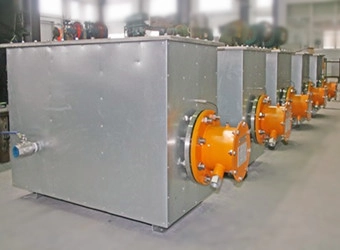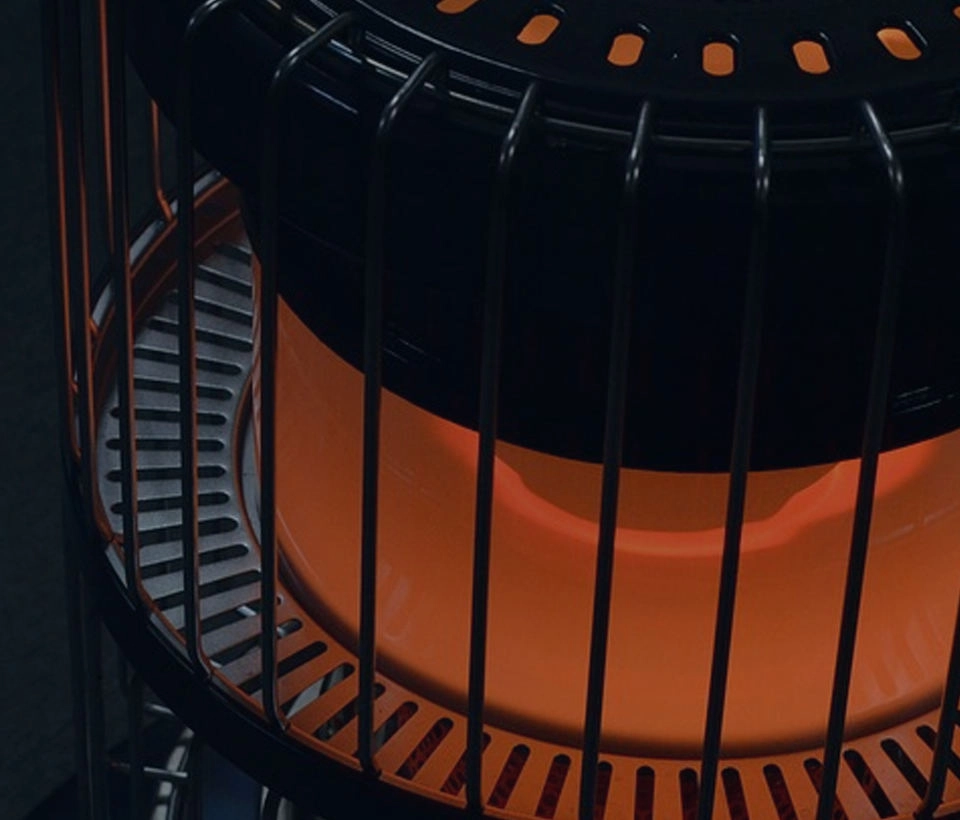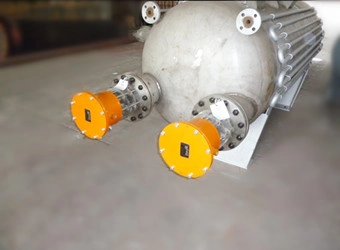
-
Product Classification
-
Ship electric heater Gas electric heater Molten salt electric heater Air duct electric heater Fluid electric heater Corrosive gas electric heater Electric dust removal heater VOC electric heater RTO high temperature electric heater Far infrared reactor electric heater Heat transfer oil skid electric heater Chemical special heater Oil storage tank electric heater Military electric heater High temperature electric heater UOP reforming electric heater Explosion-proof heater PTC Heating element
-
Self-limiting temperature heating cable Solar special electric heating cable Constant power electric heating cable Heating cable MI armored heating cable Anti-corrosion sampling heat tracing composite pipe Glass fiber heating belt Industry-specific electric heating cable Electric heating accessories Electric heat tracing control system Silicone rubber heating belt
-
Electric heating tube (tubular) Soil repair electric heater Water tank electric heater Single-head tube electric heater Mold electric heater Boiler electric heater Hot air heater Pipe heater Combined motor heater Air heater Central air conditioning auxiliary heater Solar auxiliary electric heater Circulating electric heater Blower electric heater Drying electromechanical heater Lubrication equipment electric heater Cryogenic equipment Air separation heating Tracked electric heater
Industry Classification -


Water tank electric heater
Functional Characteristics
Specification Parameter
-
1. Compact structure: the auxiliary electric heater has small volume, small footprint and convenient movement;
2. Good anti-corrosion performance: the inner wall and outer surface of the auxiliary electric heater are rust-proof and galvanized, and the surface is not sprayed with high-temperature anti-corrosion topcoat of silicone, and the anti-corrosion effect is good;
3. High thermal efficiency: low surface temperature, large heat dissipation area, reasonable medium flow direction, no high temperature dead angle, uniform heating and high efficiency;
4. Energy-saving: The temperature control device is used to control the input and cut-off of electric energy to achieve energy-saving effect;
5. Safe and reliable: the cylinder is equipped with a pressure thermostat, which is connected to the control circuit to eliminate the possibility of damage to the heating element caused by the heaterless heating, which ensures the safe operation of the equipment;
6. Adopting domestic first-class quality high-performance electric heating tube, its insulation performance, pressure resistance and moisture resistance are far superior to national standards, and its use is safe and reliable, and its service life is long. -
Rated voltage:220V、380V
Explosion-proof grade:ExdⅡBT1-4
Temperature control method:Automatic temperature control
Temperature control accuracy:±1℃
The heat is generated by an electrical heating element placed in the heater. The medium is heated by forced convection, the medium enters the container through the inlet of the container, and the heat generated by the electric heater of the water tank is heated by the principle of fluid thermodynamics during heating, whereby the medium is forcedly transmitted as a heat carrier through the pump. Continuous heat transfer is achieved to meet the requirements of process heating.
The water tank electric heater uses liquid as the heat transfer medium, is heated and heated, and is forced to be circulated through the high temperature water pump.









 Follow us
Follow us